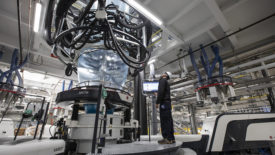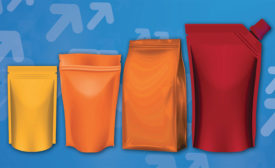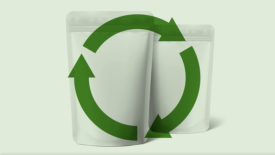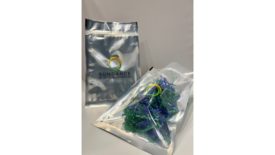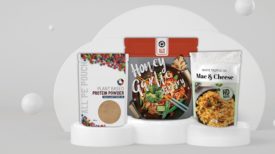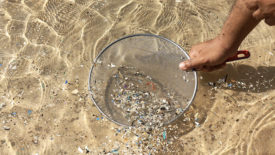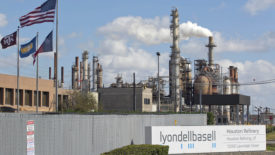Sustainable Flexible Packaging
Industry Trends
Market activity remains hot as Hybrid Software acquires software technology to accelerate packaging design and a new recycling facility for flexible packaging materials aims to be operational by 2023 in Minnesota.
Read More
Circularity In Packaging
Striving for Circularity in Packaging
Allison Lin, global VP of Packaging Sustainability at Mars, sits down with Flexible Packaging to discuss how executive leadership is vital to creating a circular economy throughout the packaging industry.
July 13, 2022
Sustainable Packaging
Rethinking Packaging Materials for a Sustainable Marketplace
Investments in science and a willingness to explore the non-traditional can put us on a path to an environment free of plastic waste.
June 10, 2022
Industry Trends
New PE Resin from Exxon-Mobil Targets e-Commerce and LyondellBasell Look to Scale Circularity
In 2022, oil and gas companies are moving quickly to consolidate long-term growth strategies around circularity and advanced recycling in both Europe and North America. Plus, industry stakeholders in the mechanical recycling segment begin to draw lines.
June 9, 2022
Keep the info flowing with our eNewsletters!
Get the latest industry updates tailored your way.
JOIN TODAY!Copyright ©2024. All Rights Reserved BNP Media.
Design, CMS, Hosting & Web Development :: ePublishing
